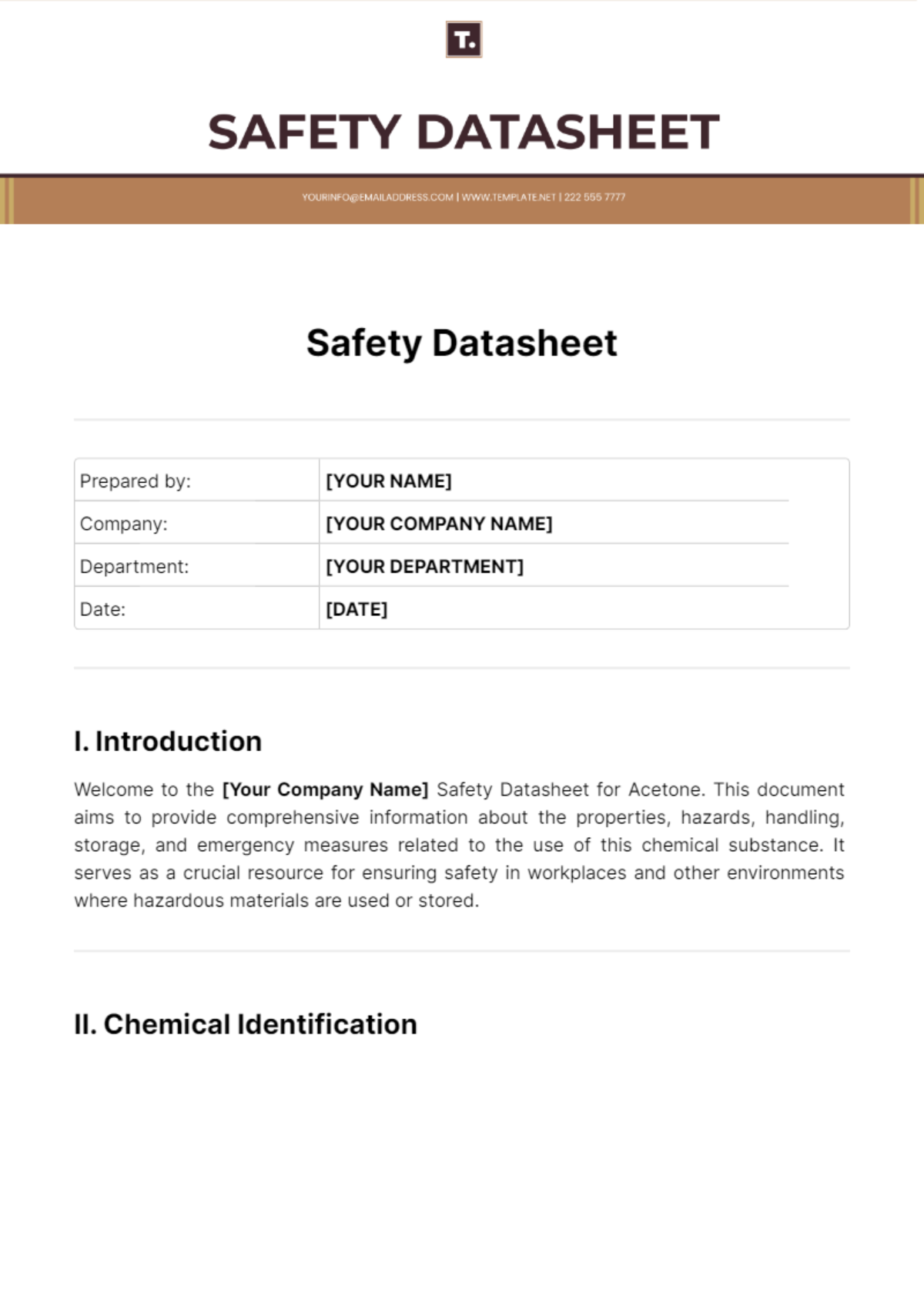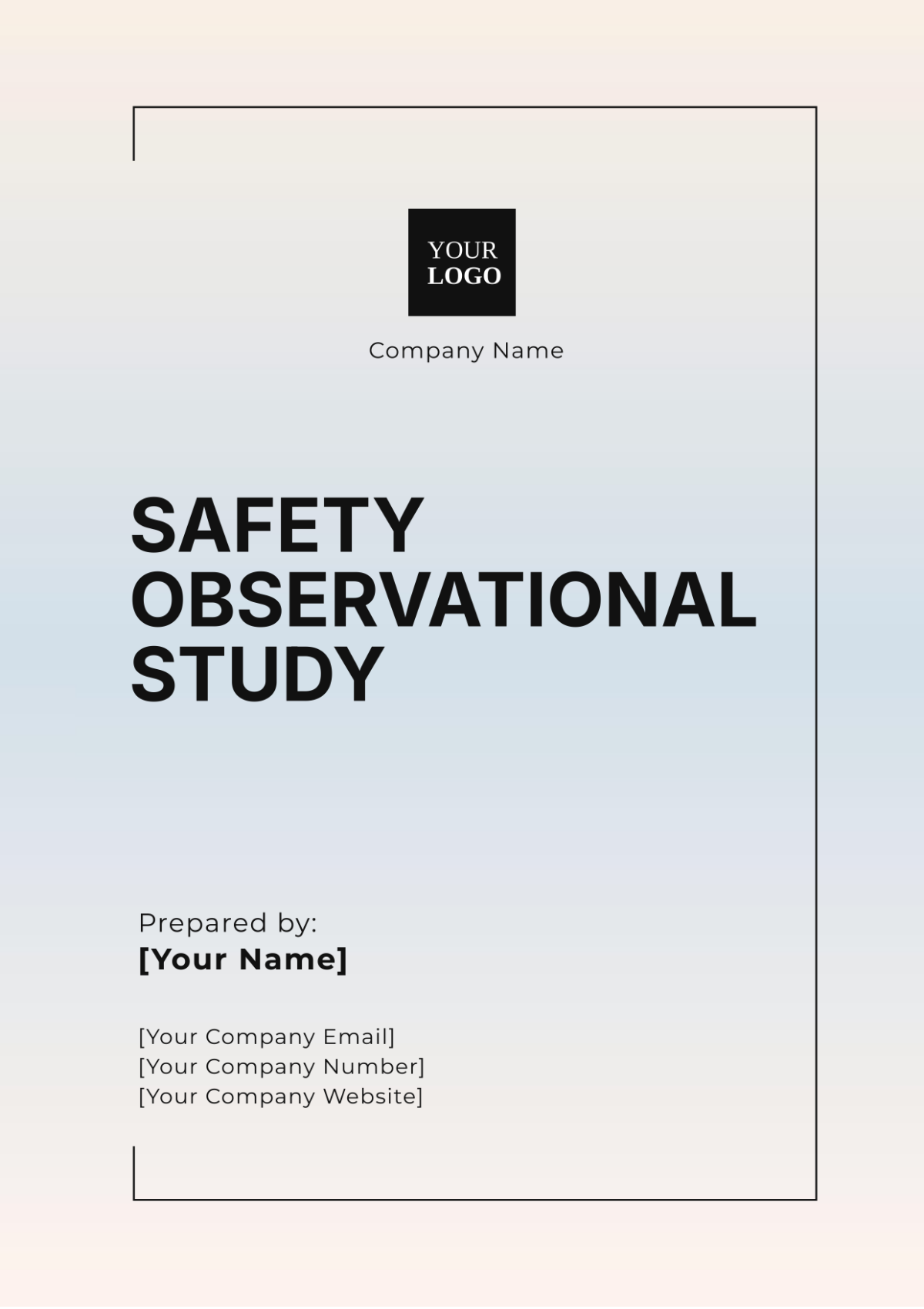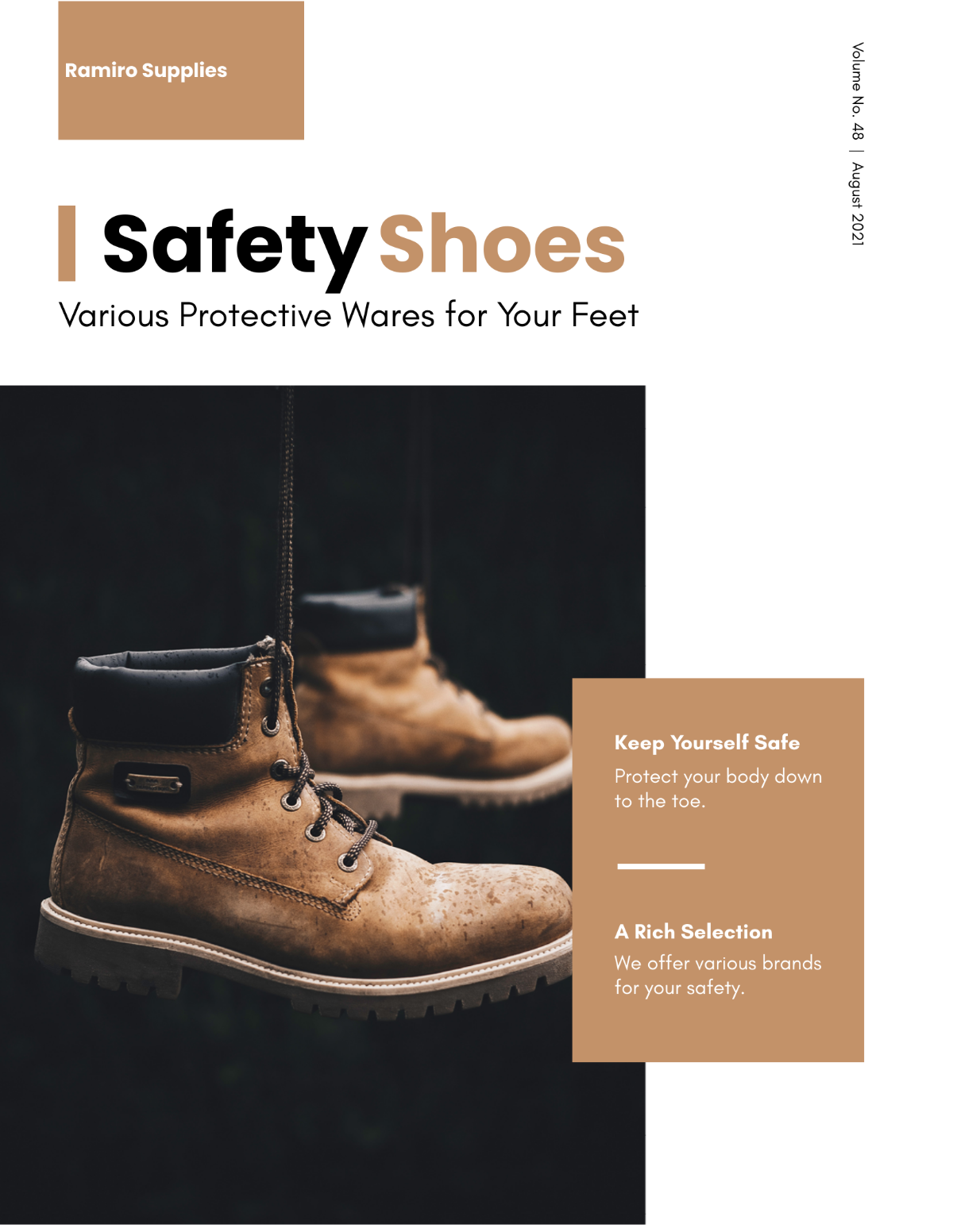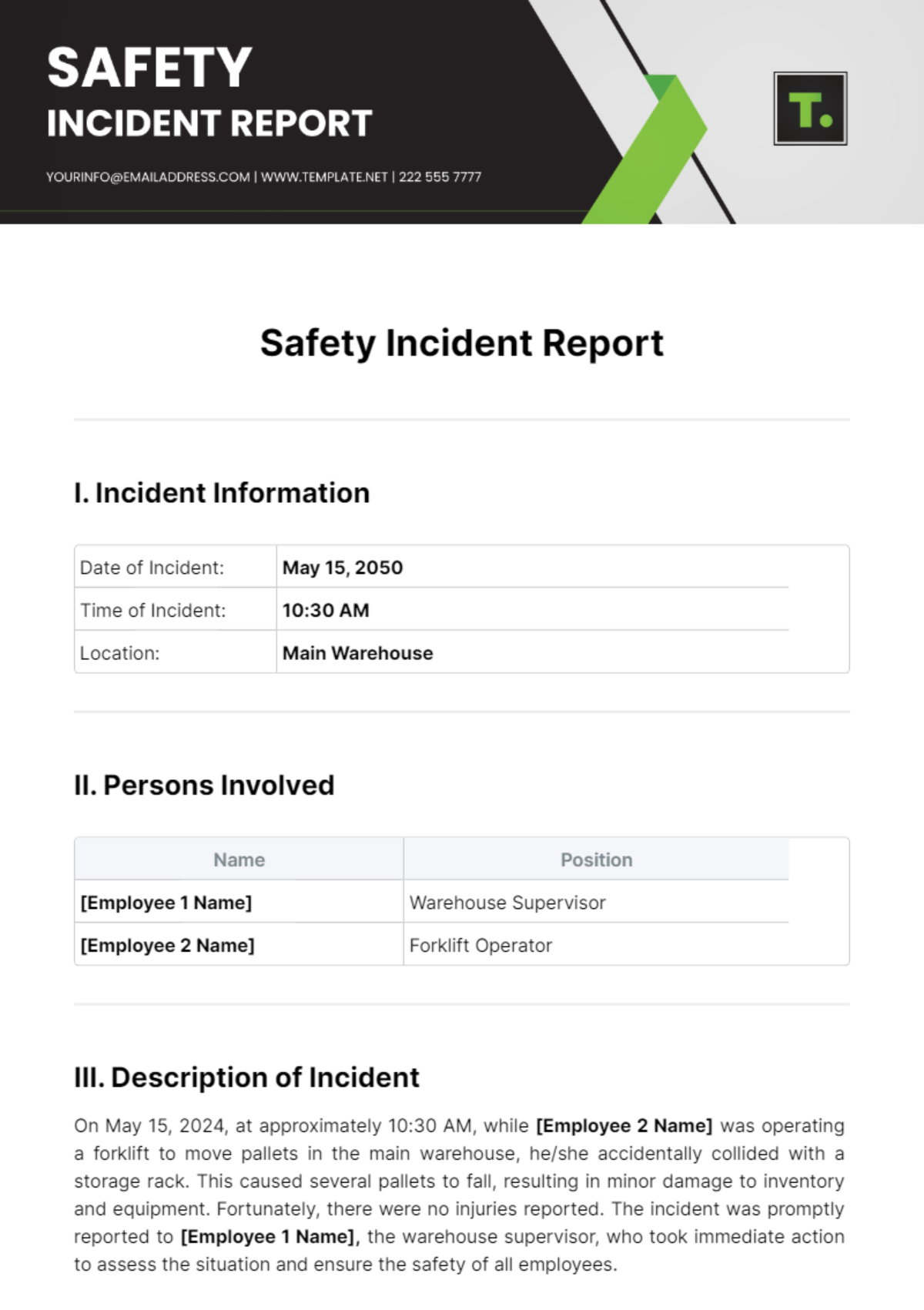Free Cleaning Services Safety Improvement Guide
Elevate safety standards with the Cleaning Services Safety Improvement Guide Template from Template.net. This editable and customizable template offers strategies for enhancing safety measures in cleaning operations. Editable in our Ai Editor Tool, it's essential for reducing risks, complying with health and safety regulations, and ensuring the well-being of both staff and clients.






























